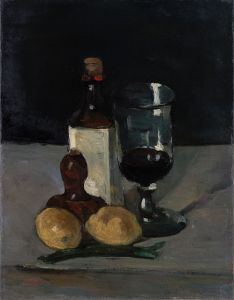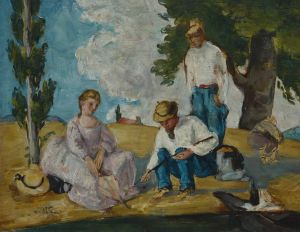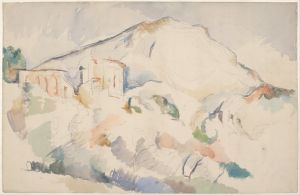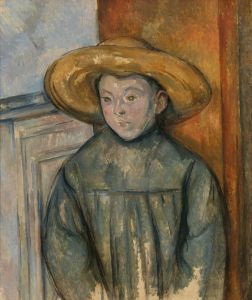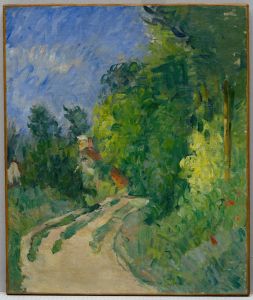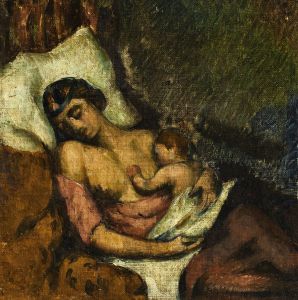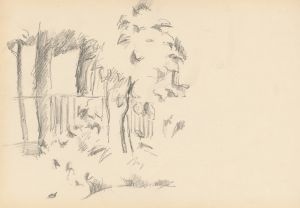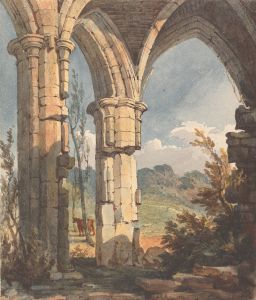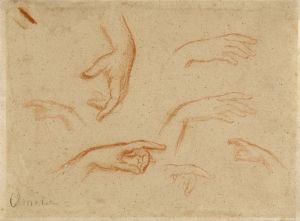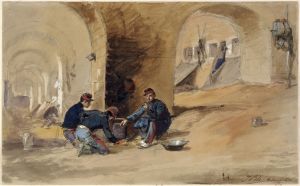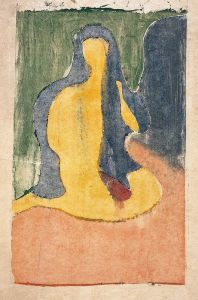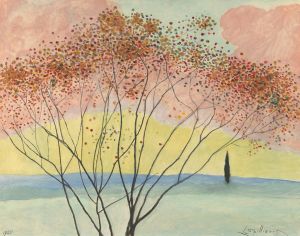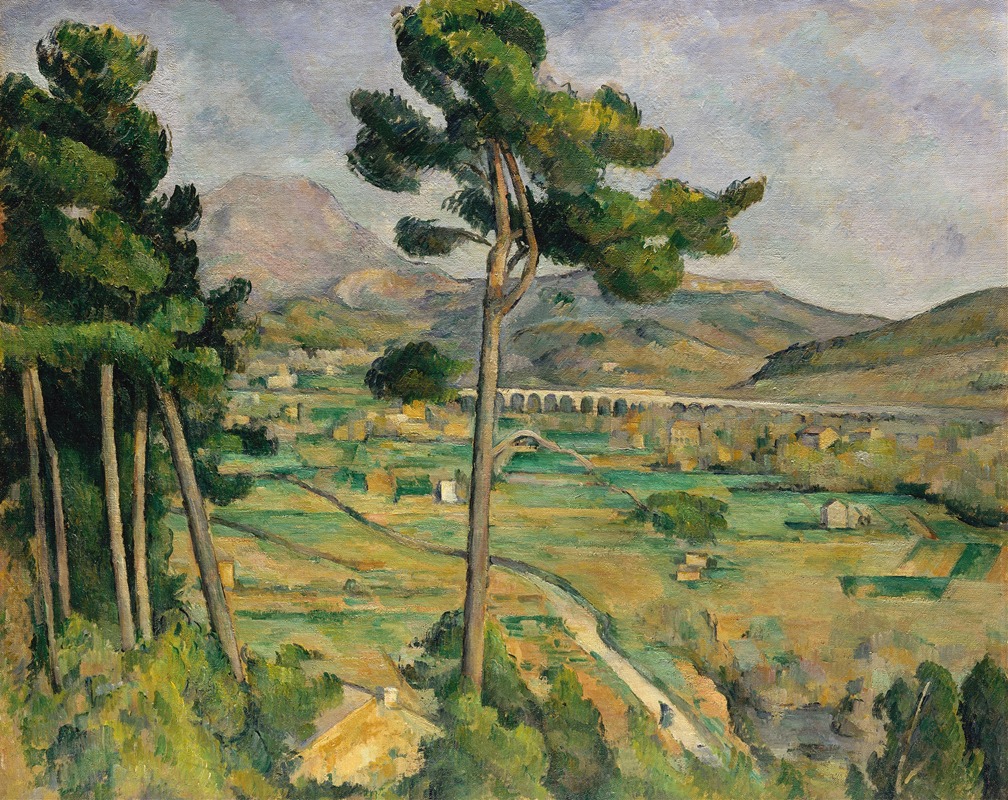
Mont Sainte-Victoire and the Viaduct of the Arc River Valley
A hand-painted replica of Paul Cézanne’s masterpiece Mont Sainte-Victoire and the Viaduct of the Arc River Valley, meticulously crafted by professional artists to capture the true essence of the original. Each piece is created with museum-quality canvas and rare mineral pigments, carefully painted by experienced artists with delicate brushstrokes and rich, layered colors to perfectly recreate the texture of the original artwork. Unlike machine-printed reproductions, this hand-painted version brings the painting to life, infused with the artist’s emotions and skill in every stroke. Whether for personal collection or home decoration, it instantly elevates the artistic atmosphere of any space.
"Mont Sainte-Victoire and the Viaduct of the Arc River Valley" is an oil painting created by the French Post-Impressionist artist Paul Cézanne. Completed around 1882-1885, this work is part of a series of paintings that Cézanne dedicated to the Mont Sainte-Victoire, a mountain in southern France that he could see from his home in Aix-en-Provence. The painting is notable for its depiction of the natural landscape and the integration of man-made structures within it, specifically the viaduct of the Arc River Valley.
Paul Cézanne (1839-1906) is often referred to as the "father of modern art" due to his innovative approach to form and color, which laid the groundwork for the transition from 19th-century Impressionism to 20th-century Cubism. His work is characterized by a methodical approach to building form with color and a keen interest in the underlying structure of the natural world.
In "Mont Sainte-Victoire and the Viaduct of the Arc River Valley," Cézanne captures the rugged beauty of the Provençal landscape. The painting features the imposing Mont Sainte-Victoire in the background, a subject that Cézanne revisited numerous times throughout his career. The mountain is rendered with a series of geometric shapes and patches of color, demonstrating Cézanne's interest in the simplification of natural forms.
The viaduct, a railway bridge crossing the Arc River Valley, is a prominent feature in the middle ground of the painting. It represents the encroachment of modernity into the timeless landscape, a theme that Cézanne explored in several of his works. The viaduct is depicted with a series of arches, which echo the natural contours of the surrounding hills and valleys, creating a harmonious balance between the natural and the man-made.
Cézanne's technique in this painting is characterized by his use of short, hatched brushstrokes that build up the surface of the canvas, giving it a textured, almost sculptural quality. His palette is dominated by earthy tones of green, brown, and ochre, punctuated by the blue of the sky and the distant mountain. This restrained use of color enhances the sense of solidity and permanence in the landscape.
The composition of the painting is carefully structured, with the diagonal line of the viaduct leading the viewer's eye into the depth of the scene, towards the distant mountain. This use of perspective creates a sense of depth and space, inviting the viewer to contemplate the relationship between the natural and the constructed elements of the landscape.
"Mont Sainte-Victoire and the Viaduct of the Arc River Valley" is housed in the Courtauld Gallery in London, part of the Courtauld Institute of Art. The painting is considered one of Cézanne's masterpieces and is a testament to his enduring fascination with the Provençal landscape and his innovative approach to capturing its essence on canvas.
Cézanne's work on Mont Sainte-Victoire has had a profound influence on subsequent generations of artists, including the Cubists and the Fauves, who were inspired by his exploration of form and color. His ability to convey the timeless beauty of the natural world while acknowledging the presence of modernity continues to resonate with viewers and artists alike.






